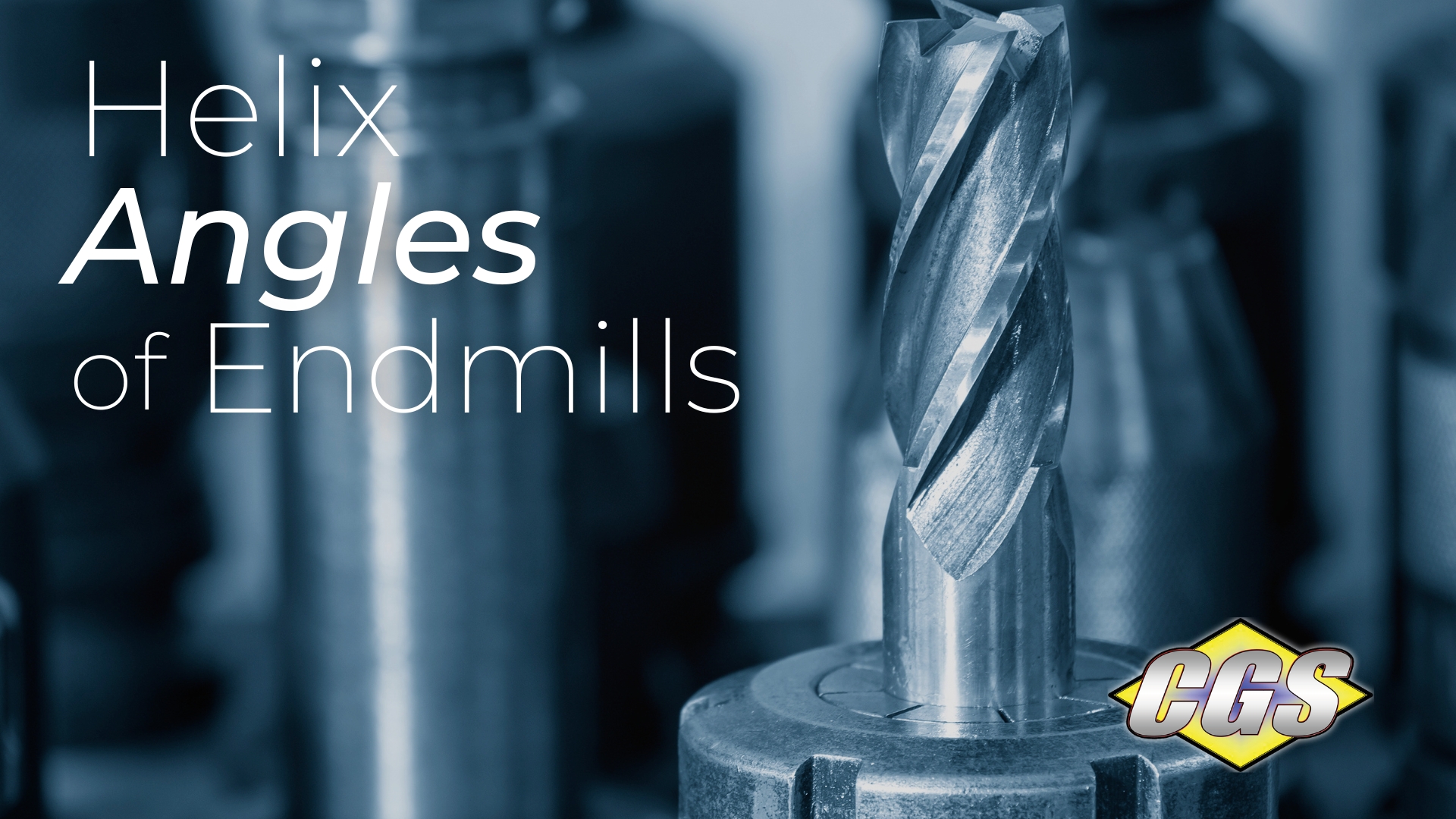The helix angle of an end mill, which is the angle between the cutting edge and the center of the tool, significantly impacts how it performs. Here's a breakdown of the benefits of different helix angles:
High Helix Angles (Typically 40° or higher)
- Reduced Cutting Forces and Heat: The gradual entry of the cutting edge into the material creates a shearing action, reducing the overall force required for cutting. This translates to less heat generation, improving tool life and surface finish.
- Efficient Chip Evacuation: The high helix angle provides more flute space for chips to escape, preventing chip re-cutting and improving overall chip flow.
- Better Surface Finish: The shearing action and efficient chip evacuation contribute to a smoother surface finish on the workpiece.
- Higher Feed Rates: Due to the reduced cutting forces, end mills with high helix angles can be used with faster feed rates, increasing machining efficiency.
Low Helix Angles (Typically below 40°)
- Increased Strength and Rigidity: Lower helix angles offer more support for the cutting edge, making them ideal for harder-to-machine materials or applications requiring high tool strength.
- Larger Chip Formation: These end mills allow for larger chips to form, which can be beneficial for certain materials like cast iron that tend to break into smaller chips that can clog flutes.
- Lower Cutting Forces (in some cases): While generally not the primary benefit, lower helix angles can sometimes result in slightly lower cutting forces in specific cutting scenarios.
Additional Considerations:
- Variable Helix End Mills: These end mills have flutes with varying helix angles, which helps to dampen vibrations and reduce chatter, leading to a better surface finish.
- Material and Application: The ideal helix angle depends on the material being machined, the desired surface finish, and the specific application. For example, high helix angles are preferred for softer materials and high-speed machining, while lower helix angles are better suited for harder materials and roughing operations.
By understanding the benefits of different helix angles, you can choose the right end mill for your machining needs, optimizing tool life, surface finish, and overall machining efficiency.



